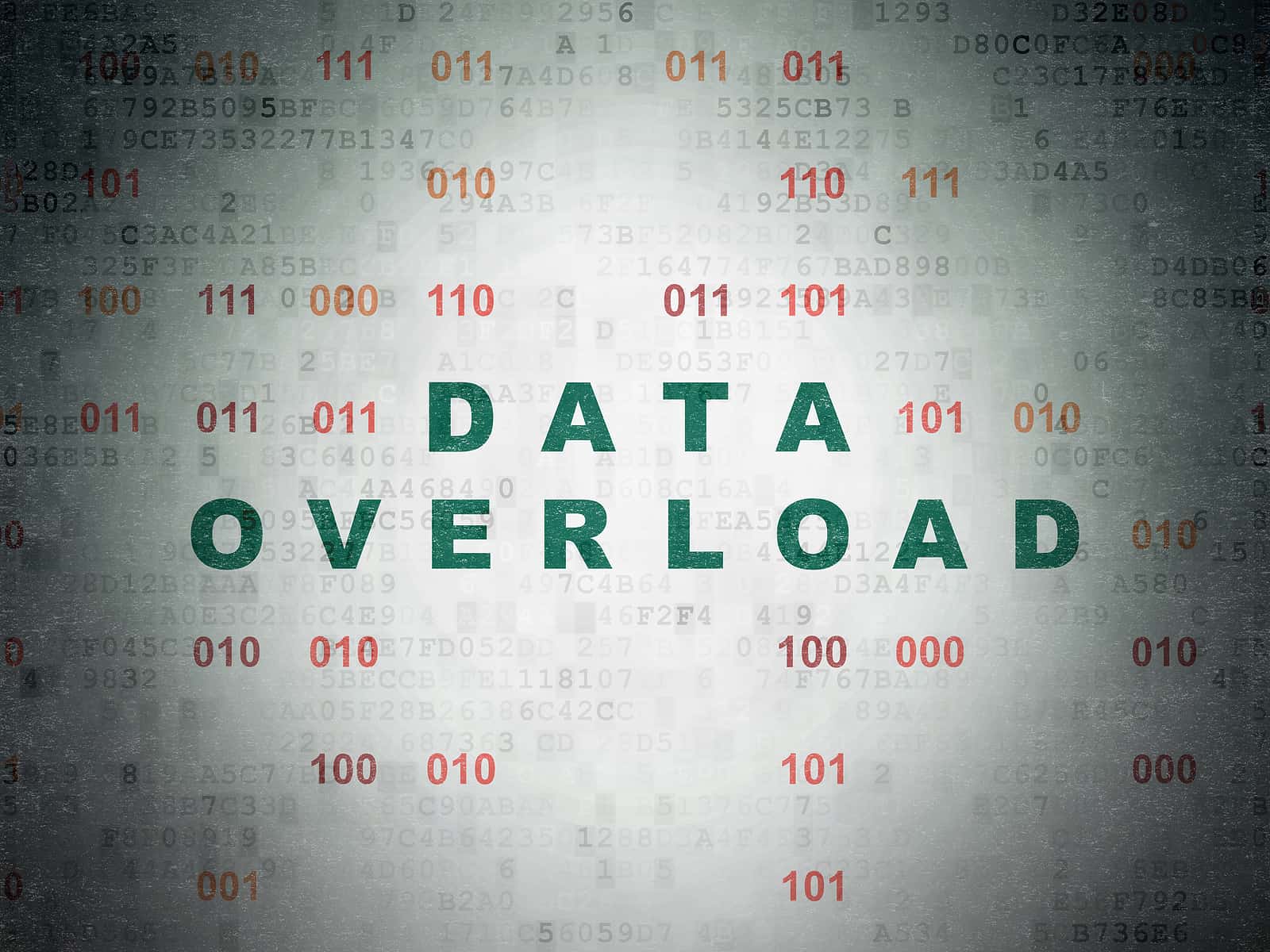Market Basket Analysis Will Improve Product Positioning and Profitability
Actian Corporation
July 17, 2020

“Would you like fries with that?”
If you’ve ever ordered a sandwich at a fast food restaurant, then you’ve likely heard these words, but have you stopped to consider why fast food chains train their employees to ask this question? It’s because of what’s called “market basket analysis,” a technique based on the theory that if you buy a certain group of items, you are more (or less) likely to buy another group of items.
Market basket analysis is the key to cross-selling. It works by looking for combinations of items that occur frequently in transactions and helps companies better anticipate the purchasing habits of their customers. In the fast food example, the employee is asking “Would you like fries with that?” because marketing data has shown customers purchasing sandwiches are likely to want fries as a side item to accompany their meal.
In Pursuit of Profits
While the fries story is interesting, it only touches the surface of what market basket analytics can do. The goal of any company is to maximize profit – this is achieved both by selling more products/services and focusing on those offers that generate the largest profit margin. Not only are fries a product that customers are likely to demand, but also are a cheap product to produce and, therefore, very profitable for a restaurant to sell.
You will notice the restaurant employee does not offer fries to every customer or for every order. If a customer is ordering just a drink, an a la carte side item or a meal that includes a side item, then he or she is not likely to want to add fries to the order – only when ordering just a sandwich. This is a clear example of market basket analytics. By suggesting very profitable complementary products/services based on market basket analytics, companies can increase both revenue and profits.
Market Basket Analysis in the Digital Age
During the past few years, there has been a strong shift in preferences from brick-and-mortar retail to online (web) and mobile (app) purchasing. eCommerce has made it easier for customers to search for products and services, compare prices, and complete purchases. eCommerce is also an ideal setting for companies to leverage market basket analytics to increase profitability. Watch this informative video demonstrating how market basket analysis can be leveraged in your organization.
As a customer shops in an app or online store, he or she adds products and services to the electronic shopping cart. Companies can then compare this data to the purchasing habits of other customers (and past transactions) to determine what additional products the customer is most likely to purchase. These suggestions can either be embedded into the search/sorting results as the customer continues shopping, or more directly offered. When you visit an eCommerce site and see “customers who purchased x also viewed y” that is market basket analysis at work.
The Need for Speed
Modern eCommerce systems have all the data needed (and more) to perform market basket analytics and provide cross-selling suggestions to customers. The challenge for these systems is processing market basket data in real-time. This is important because processing latency of eCommerce sites is one of the leading causes of shopping cart abandonment.
Actian can help. Actian is a highly efficient data analytics database service that can process large amounts of data in near real-time by separating it into small chunks that are processed in parallel. What this means is you can perform market basket analysis behind the scenes to offer the products and services your customers are most likely to buy, without slowing the Web or app-based user experience. To learn more, visit https://www.actian.com/data-platform.
Subscribe to the Actian Blog
Subscribe to Actian’s blog to get data insights delivered right to you.
- Stay in the know – Get the latest in data analytics pushed directly to your inbox.
- Never miss a post – You’ll receive automatic email updates to let you know when new posts are live.
- It’s all up to you – Change your delivery preferences to suit your needs.
Subscribe
(i.e. sales@..., support@...)








